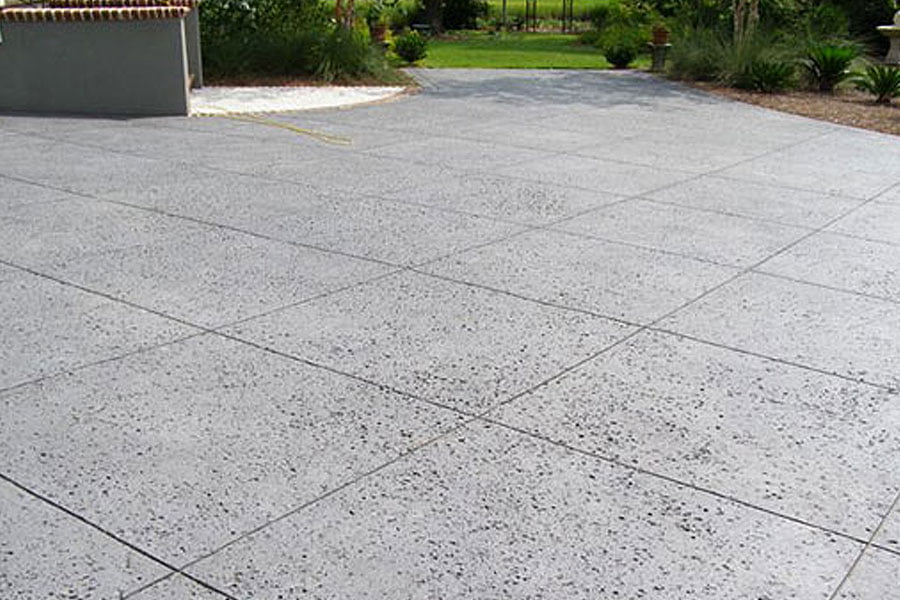In this cement plaster vs gypsum plaster comparison article, you are going to learn the basic differences between Cement Plaster and Gypsum Plaster, based on their physical and chemical properties. you may also read this article(Gypsum Plastering (Plaster Of Paris)-A Detailed Review ) before reading this one to get a basic idea of gypsum plastering.
Cement Plaster vs Gypsum Plaster
| Cement Plaster | Gypsum Plaster | |
Composition |
Cement plaster is a water-based homogeneous mixture of Portland cement and sand | Gypsum plaster is a type of white cementing material that is made by dehydration of the mineral gypsum. Instead of Portland cement, gypsum is used to bond the materials |
Application |
Cement plaster can be used on both surfaces internal as well as external. | Gypsum plaster can only in internal walls and ceilings. Also, it cannot be used in wet areas like a wash area, bath, toilet, balconies, and kitchen, etc. |
Cost |
Cement Plaster increases the project cost by the time-consuming process of its application. But due to the higher cost of gypsum, cement plaster is cheaper. | Gypsum plaster cost is higher if we consider the cement plaster for the same thickness. But gypsum plaster decreases the project cost by the time-consuming process of its application. |
Cracking |
As we know cement plaster is weak in tension and flexural strength as a result, it’s prone to cracking due to shrinkage. | But gypsum plasters provide high tensile and flexural strength as a result, gypsum plaster is less prone to cracking. |
Wastage |
Plaster waste is common during the application of cement. | The wastage during the application of gypsum plaster is minimal. |
Curing |
Pre-curing and post-curing are needed for cement plaster. | There is no need to cure it, in the case of gypsum plaster. |
Thickness |
The cement plaster thickness should not be less than 10 mm. Cement plaster thickness varies depending on the surfaces to be coated, as well as their plumbs and textures. | The undercoat of gypsum plasters is usually 11 mm thick for walls and 8 mm thick for ceilings, with a 2 mm thick finish coat plaster |
Lightness |
Since cement plaster has a higher density than gypsum plaster, the load on the building increases. | As compared to cement plaster, gypsum plaster has a lower density and is lighter in weight. |
Insulation |
The thermal conductivity of cement plaster is similar to that of gypsum. | Gypsum plaster saves energy and strength because of its low thermal conductivity and strong thermal properties. |
Fire |
Cement plaster is fire resistant, but it becomes brittle over time and cracks, falls, and loses its bond with the wall. | In the case of a fire, gypsum plaster serves as a fire shield, protecting the blockwork, concrete, and steel |
Bonding |
It is not possible to apply it to a smooth surface. | Gypsum plaster can be used on both smooth and uneven surfaces due to the nature and structure of gypsum |
Workability |
Cement plaster creates a rough finish | Gypsum plaster, on the other hand, has a very smooth finish that makes it paintable. |
Rust |
Rust is not inhibited by cement plaster. | Gypsum Plaster is an effective rust prevention agent that also protects electric metal fittings, tubing, and other metals from corrosion. |
Setting Time |
Interval of at least twenty-four hours between coats of interior Portland cement plaster. Finished coat plaster can be applied to interior cement base coats after 48 hours. | The time it takes for gypsum plaster to set can be monitored. The time between two coats is quite short. |
Anti-fungus |
Since cement plaster is not fully permeable to water vapour, fungi will grow and the floor will become slippery as a result of the moisture. | Insects are not attracted to gypsum plaster, and it does not support fungal growth. |
Environment friendly |
Cement plaster is not a green building material. | Gypsum plaster, on the other hand, is a green building material. |
Finish |
POP punning is needed after sand cement plaster for a better and leveled surface finish. Because of the dark grey colour, the room appears smaller and irritating. | Gypsum plaster creates a seamless interior finish for ceilings and walls, as well as a solid foundation for high-quality paint and wallpaper finishes. Since the gypsum plaster is pure white, the room appears to be larger and more stunning. |
Example :


If you want to add some then please comments below and don’t forget to share and cite this article. Thank you.











I was captivated when you discussed that cement plaster is good to apply on both internal and external surfaces. This got me thinking to opt for cement plaster for my home. I should hire a contractor near my place that is an expert in providing plaster supplies services.